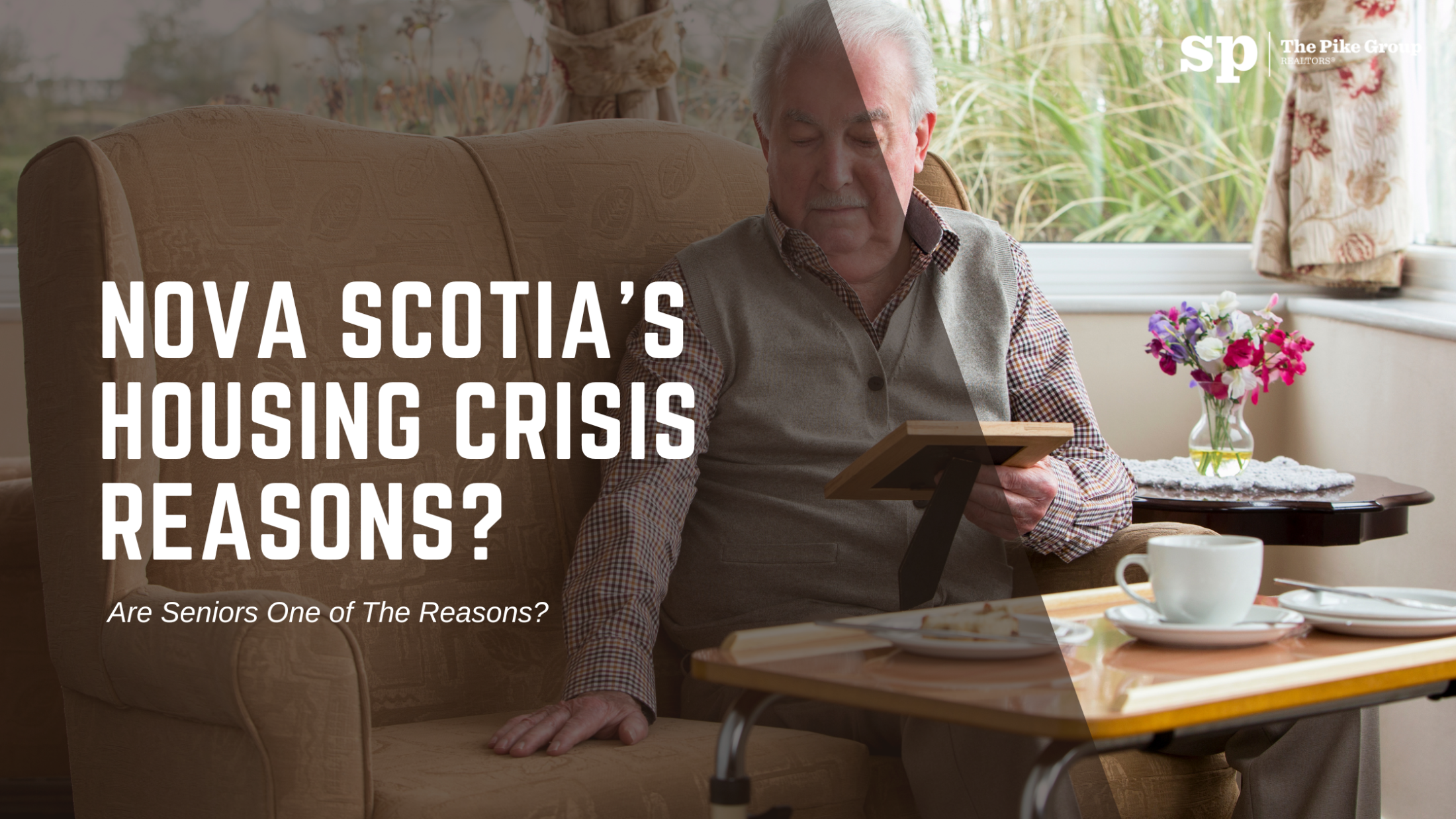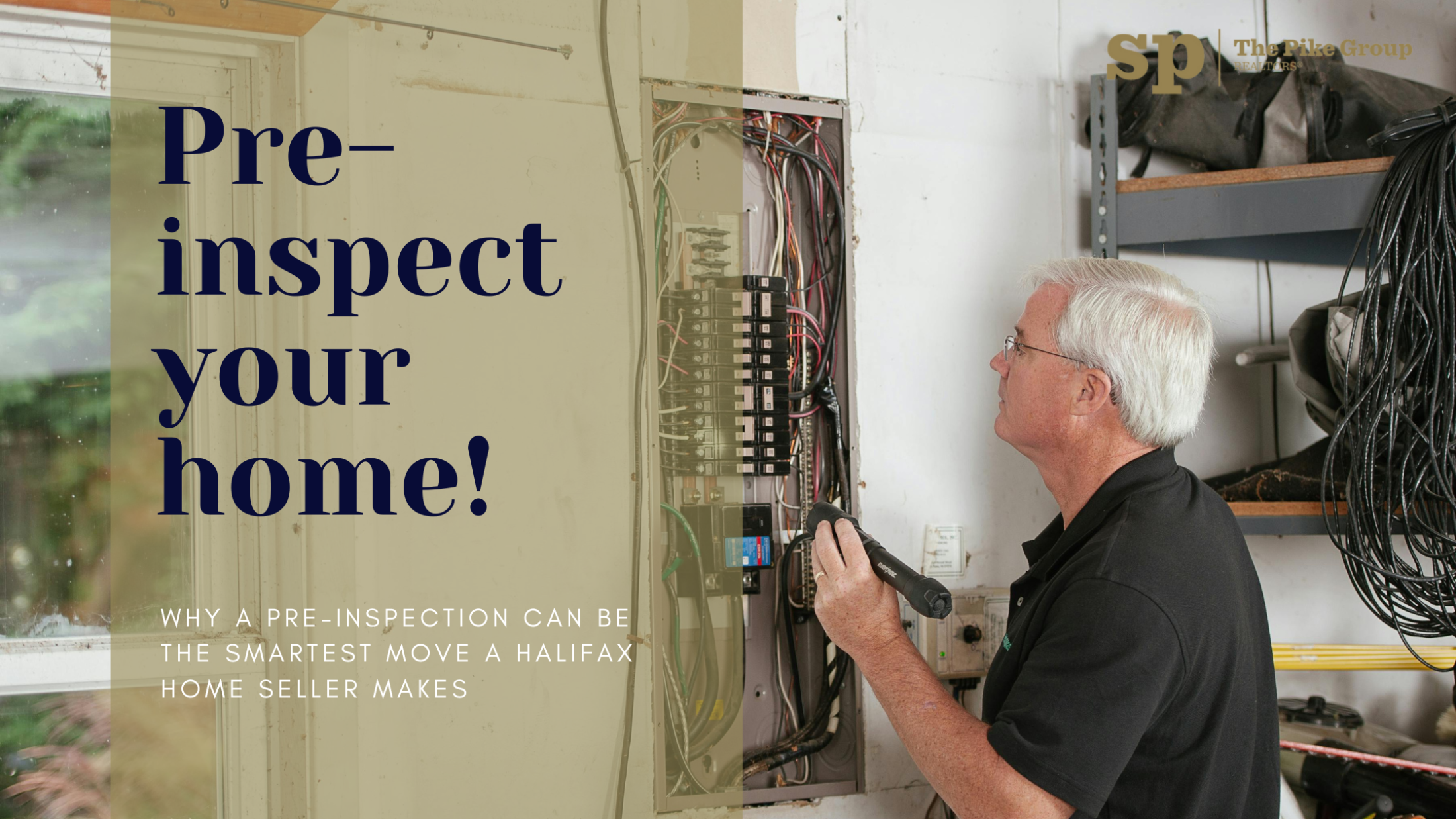In conversations about Nova Scotia’s housing crisis, one narrative keeps bubbling up: seniors who “refuse to move” are tying up homes for younger buyers. But here’s the truth—this story is far too simple for a problem that’s anything but.
Seniors aren’t the villains of the housing crisis. They’re living through it like everyone else—often with fewer options and tighter budgets. Let’s break down what’s actually going on.
Aging in Place Isn’t the Problem—It’s the Lack of Options
Many seniors in Nova Scotia want to age in place—and honestly, who can blame them? Their homes are familiar, already paid off, and connected to their communities. But the real issue? There’s nowhere else for them to go.
Most of these properties are bigger than they need—empty bedrooms, unused basements—but moving into something smaller often isn’t feasible. Why? Because we don’t have nearly enough affordable, age-friendly, accessible housing in Nova Scotia.
And the few programs that do exist—like the Home Adaptations for Seniors’ Independence and the Seniors Care Grant—actually encourage seniors to stay put by funding in-home improvements. Great for independence. Less great for housing turnover.
The Public Housing Waitlist Tells a Bigger Story
Let’s talk numbers. Nearly half of the 7,020 households on the province’s public housing waitlist are seniors. And among the 11,200 public housing units in Nova Scotia, more than half of the current tenants are seniors.
Why? Fixed incomes. Most seniors rely on Canada Pension Plan, Old Age Security, or both. These incomes haven’t kept up with rising rents, property taxes, or maintenance costs.
It’s not that seniors are flooding the system on purpose—they’re just trying to survive. Unfortunately, their growing presence on the waitlist stretches an already overburdened system and makes it even harder for other vulnerable groups to get housed.
Downsizing Is a Pipe Dream for Many
There’s a serious lack of senior-friendly housing in the province—especially smaller units near transit, services, and healthcare. Add mobility issues, long waitlists, and the high cost of assisted living, and you’ve got seniors stuck in homes that no longer suit their needs.
Fixed Incomes Meet Rising Costs: A Bad Mix
Even seniors who own their homes outright are feeling the pinch. Between property taxes, heat, repairs, and inflation, many can’t afford to maintain their homes—but also can’t afford to leave them. Some properties fall into disrepair as a result, further tightening available housing stock.
Programs like the Canada-Nova Scotia Targeted Housing Benefit can help—but not everyone qualifies, and the funding isn’t unlimited. So, many seniors remain in place by default, not choice.
Let’s Zoom Out: Systemic Failures Are the Root Cause
Here’s the part that really needs to be said loud and clear: seniors aren’t causing the crisis. The housing shortage is a result of decades of underbuilding, underfunding, and poor planning.
41,200 homes are needed by 2028 to meet demand.
Halifax has had a 1% vacancy rate for three years.
Construction costs rose 8.4% from 2022 to 2023.
We’ve built almost no public housing since the 1990s—until very recent plans for 273 new units.
Nova Scotia also leaned heavily into immigration after the Ivany Report, growing the population without matching it with enough housing. And much of what is being built is market-based—not non-profit or public.
Bottom line: demand exploded. Supply didn’t. Seniors, like everyone else, are just caught in the middle.
Critical Perspective: Stop the Blame Game
Pinning the housing crisis on seniors ignores the bigger picture and distracts from real solutions. The 2024 housing sentiment report showed that 66% of Nova Scotians are struggling with housing, and 41% are concerned about affordability. Seniors—on fixed incomes and with fewer options—feel this even more acutely.
What Needs to Happen (That Isn’t Blaming Grandma)
If we want to fix this, let’s focus on smart policy, not scapegoats. Here’s what actually moves the needle:
Build more non-market housing: public, co-operative, and non-profit units for all income levels.
Incentivize age-friendly development: smaller, accessible homes near transit and healthcare.
Streamline access to housing supports: fewer hoops, shorter waitlists, and clear eligibility.
Expand tenant protections: rent caps and maintenance standards that protect vulnerable populations, including seniors.
Call to Action
If you’re a senior wondering what your next move should be, you don’t have to figure it out alone.
I’m Sandra Pike with Royal LePage Atlantic, and I specialize in helping older Nova Scotians explore options that align with their lifestyle, health, and finances. From downsizing plans to accessing grants and navigating waitlists—I’m here to guide you through it all with clarity and care.
Let’s talk—no pressure, just solutions.






